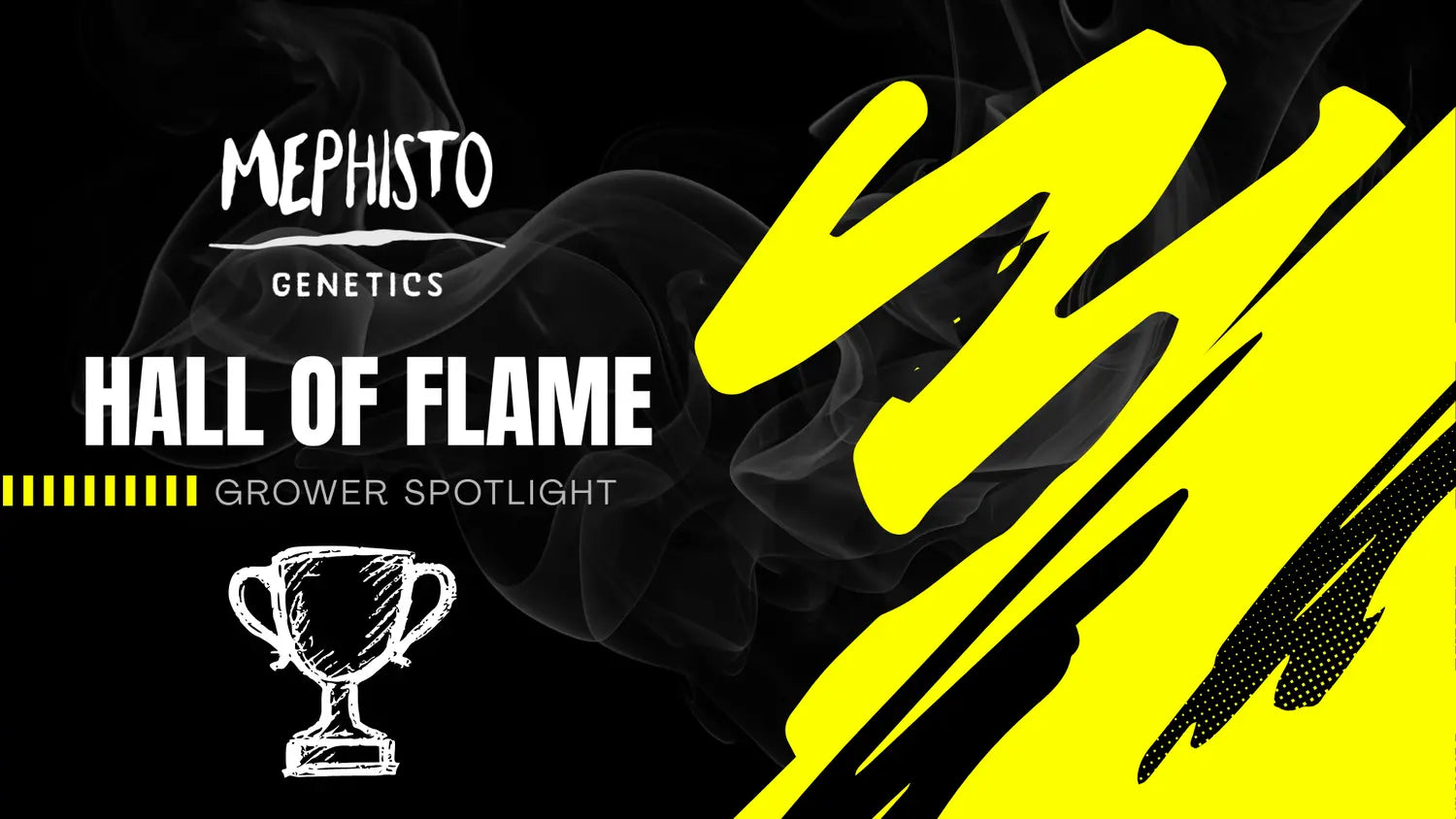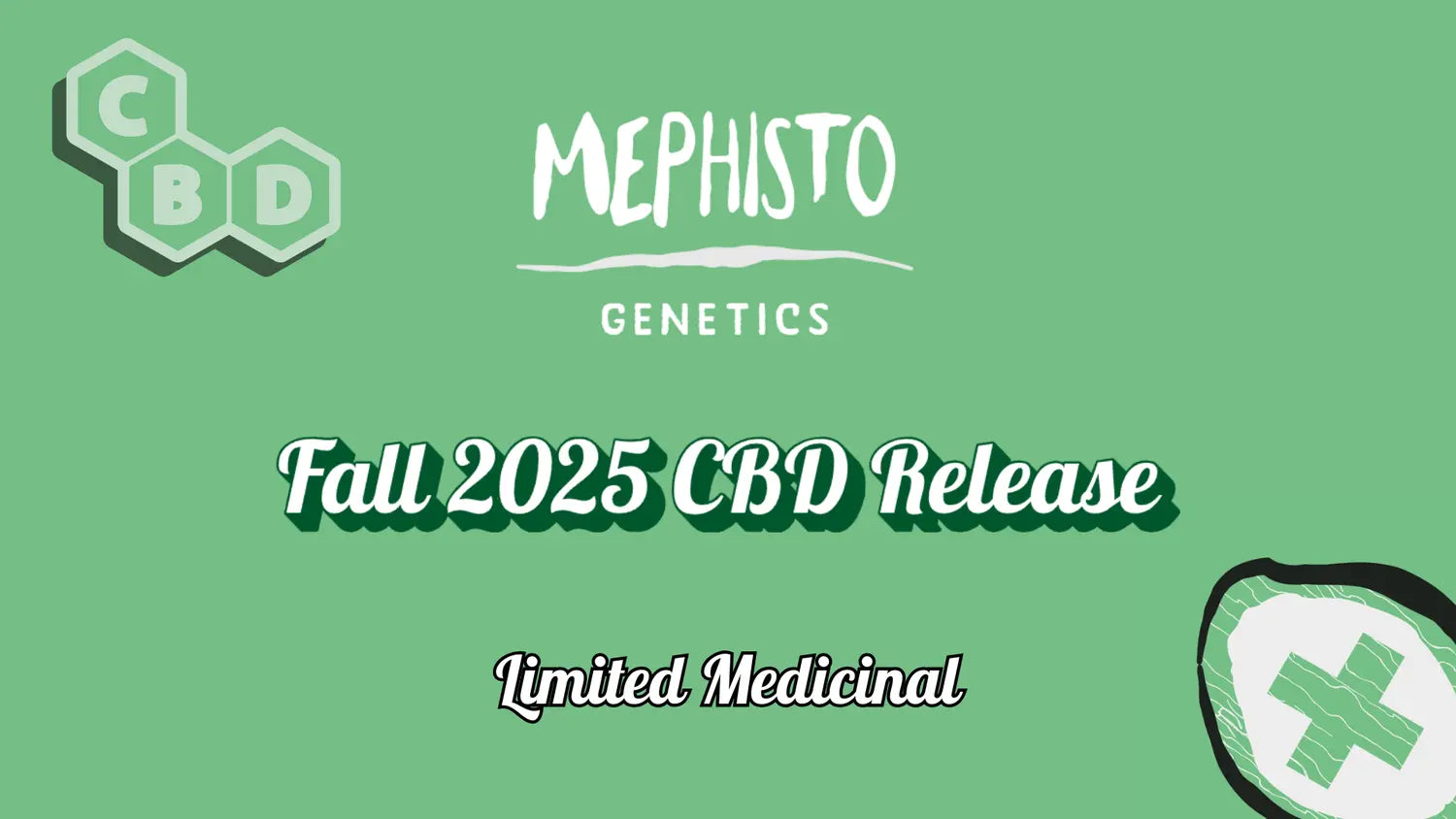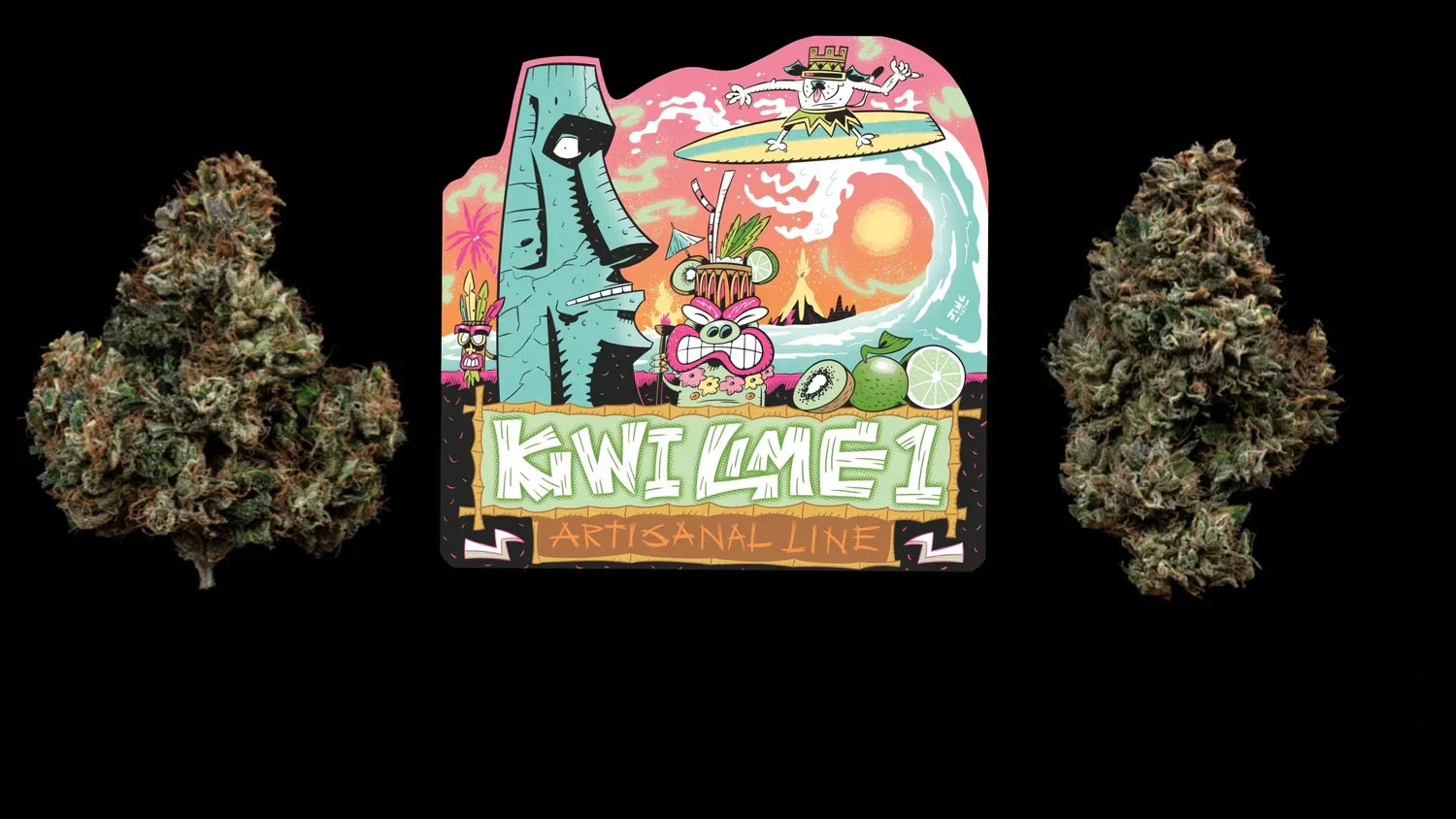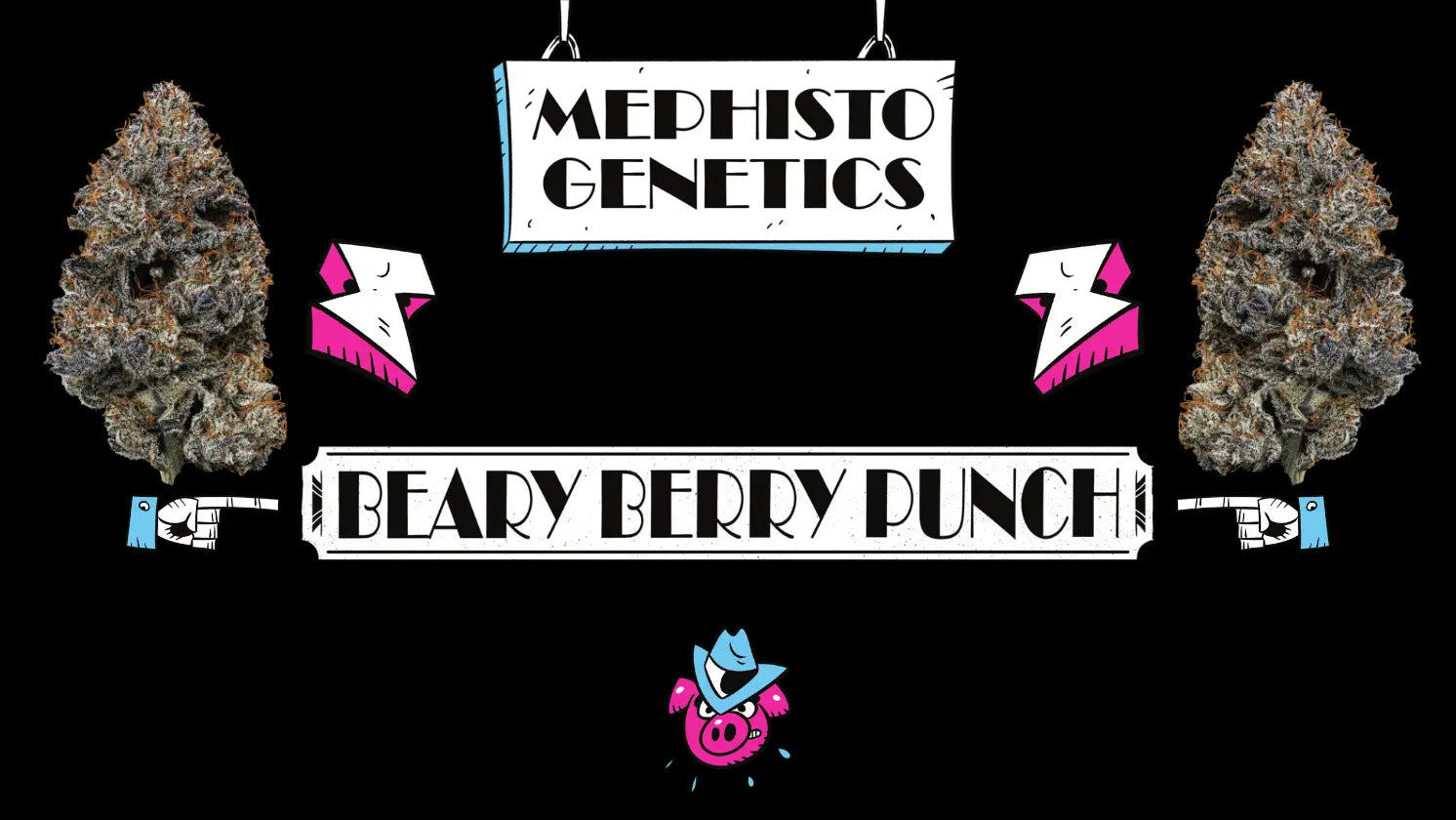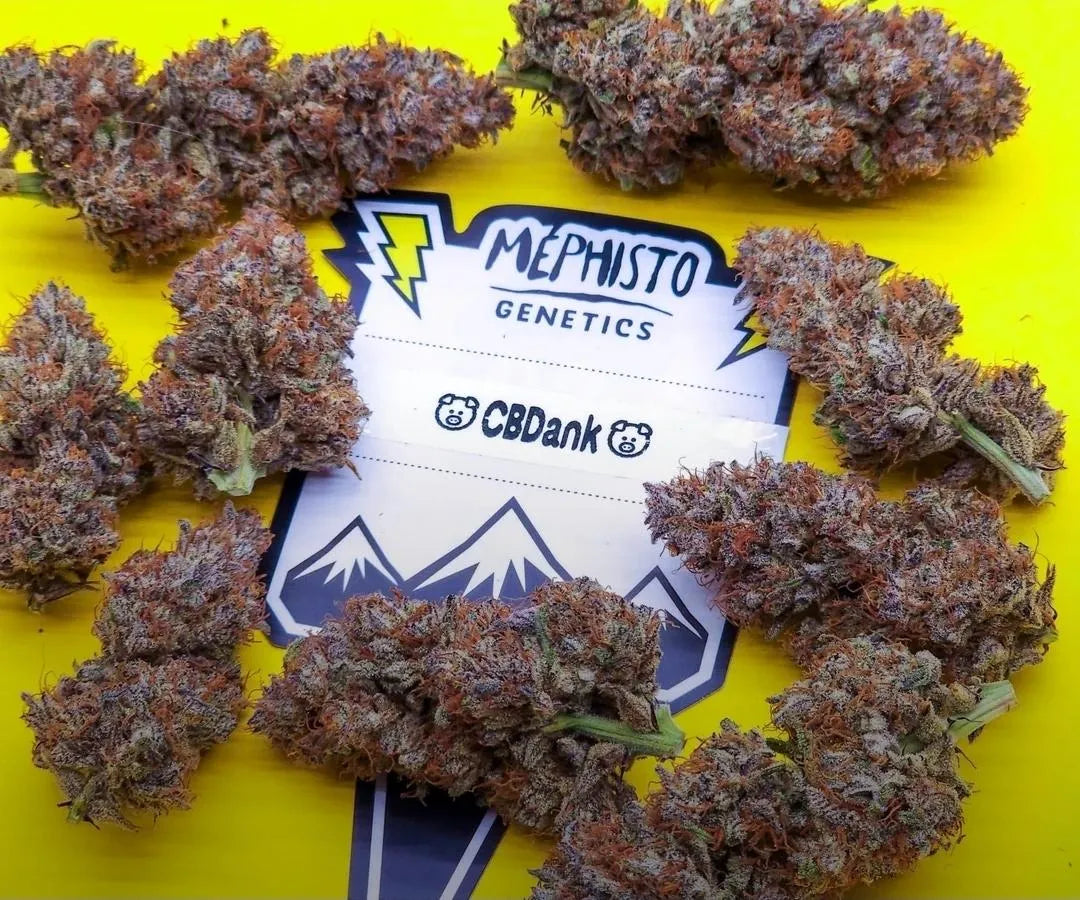Note: This article focuses primarily on soil growing for indoor gardens
In PART 1 of this series, we discussed hand watering basics during the vegetative stage of the autoflower growth cycle. In this article, we will discuss considerations for hand watering during the flowering stage. This includes going over nutrient feeding regiments, how and when to pH your water, and whether or not flushing nutrients is necessary prior to harvest.
Who Needs Nutrients Anyway?
There are organic soil-based systems which can be implemented in containers that allow for water-only feeding throughout the growth cycle of an autoflower. Typically in these cases, growers opt to use one or two basic dry amendments a few weeks in to help finish their plants off, but these systems utilize a water-only feeding from start to finish. Even with more non-traditional feeding systems, such as Grow Dots, which utilize a pellet-based system, are technically water only. Those who grow their autoflowers in no-till systems using grow beds and SIPS containers tend to go water only unless they are implementing bacterial/fungal teas, adding inoculates, or tossing in other IMO concoctions. We will cover these in a separate article on living soil systems. For everyone else growing their autoflowers in containers with soil, nutrients are a part of the game.
We won't get into the organics versus salt-based nutrients discussion. Whether you are growing in one, the other, or a combination or both, the same general hand watering workflow will apply. Depending on the soil you began with and the nutrients you use, your substrate should be loaded with enough Macro and Micro Nutrients to keep your autoflowers healthy and thriving for the first few weeks without much more than water.
Plants require 3 primary macronutrients (Nitrogen, Phosphorus, and Potassium, ie NPKs) as well as 3 secondary macronutrients (Calcium, Magnesium, and Sulfur), and lastly a few other micronutrients such as copper, zinc, molybdenum, iron, boron, manganese, and silica. Most nutrient systems are going to balance these macros and micros into a multi-product system designed to give your plants what they need at the doses which are safe. Other supplements, such as microbial inoculants, humic and fulvic acids, wetting agents, and sweeteners, are typically added to improve the biodiversity and condition of the soil.
In general, autoflowers will require fewer nutrients than their photoperiod counterparts. This is something to consider when choosing a nutrient line for your garden because the feeding recommendations on the labels of these products will be way more than what autoflowers across the board will require for their typical feedings. This will again vary depending on the soil and nutrients you choose to go with, but typically plan for about 1/4-1/3 of the dose on the label for autoflowers.
Your typical vegetative fertilizers will have higher nitrogen levels. Its important to be careful with these with young autoflowers because they can be sensitive to N. Many autoflower growers use soil that is preloaded with enough NPKs so they tend not to use the veg line notes until a few weeks into the cycle. Sometimes not at all.
Hand Feeding During Flower
This is the stage where you will really be tested on your commitment to hand feeding. Cannabis plants tend to be very thirsty come flower. With hand watering, a major part of the workflow is sourcing all of that water and carrying it into your workspace. This can get tough for those growing more than a plant or two and for those growing in containers of basically any size up to 10 gallons. We are talking a lot of water here, friends.
The first step in the hand watering process is determining when your plants need water. If you are not on a strict watering/feeding schedule, lift those containers off the ground. Are they light? That means they need water. Is that soil surface dry to the touch, even 2 inches down? It’s time to feed! Is the bottom of your container bone dry (for my fabric pot users)? Water time! If no to any of those, then you are safe to wait a bit before feeding again. You’ll have to intuitively determine how often your plants need water based on the amount of light they receive (DLI), the environmental conditions they are in (VPD), the size of the container, the type of substrate, as well as the intervals between your feedings. Some systems will require daily feedings, while others may need 2-3 days to dry back. In small containers, you may need to water several times a day.
Next, you’ll need to determine how much water to feed your plants. This is going to give you a quantity to source. At this stage in the lifecycle, you should be pretty adept at determining the threshold for each plant in each container. For many growers, taking solid notes is essential to taking the guesswork out of this stage. You obviously don’t want to show up to the water party shorthanded. Conversely, although having too much isn’t the worst thing, you still want to be dialled in.
Electrical Conductivity vs Total Dissolved Solids
We can't have a conversation about adding nutrients into water without first discussing electrical conductivity (EC) and total dissolved solids (TDS). They both are used to solve the same problem, but each do so using a different school of measurement. EC measures a material's threshold for electrical current. It uses the units of measurement “mS/cm .” We EC-Test to determine the concentration of dissolved salts in our liquid by using the correlation of conductivity of any substance to the concentration of conductive substances in that given solution. It's useful information for inorganic growers because it allows them to measure the concentration of salts going into and coming out of the soil.
TDS measures the total amount of organic and inorganic solids dissolved in water. This gives it the testing advantage because EC cannot measure non-saline elements present in nutrient solutions. TDS uses the units of measurement PPM (Parts per million) to measure the concentration of dissolved solids. A TDS reading isn’t going to break down which organic and inorganic solids are present, but it will tell the home grower how much solution is present, which can help determine how much nutrients you can add per any quantity of water. Here's a solid breakdown of what your autoflowers are looking for insofar as EC and TDS during the various stages of growth.
Germination/Seedling Stage (0-2 weeks):
EC- 0.4-0.6 mS/cm
TDS- 200-400 PPM
Vegetative Stage (2-4 weeks):
EC- 0.8-1.2 mS/cm
TDS- 400-800 PPM
Transition/Early Flowering (4-6 weeks):
EC-1.0-1.4 mS/cm
TDS- 500-1000 PPM
Flowering Stage (6-12 weeks-to harvest):
EC- 1.2-1.8 mS/cm
TDS- 600-1200 PPM
If you flush (and with inorganic systems, you may want to, although it is debatable whether or not it is necessary). Try this:
EC- 0.0-0.4 (water only or very light feedings)
TDS-0-200 PPM
Like with pH (Which we want to sit between 6.3-6.5), it is important to measure the EC and TDS of your solution prior to watering so you can calibrate your water correctly. You’ll also want to test your runoff to measure buildup or fluctuations in the soil. This will give you the complete and total picture of what is happening with your substrate, so you can make the most educated decision as to what to feed your autoflowers in every watering.
Top Feeding vs Bottom Feeding
Once you have mixed your nutrient solution and your water, it's important to take one final precaution and acclimatize that water to your garden space. Cannabis does not want water that is too warm or too cold, so make sure your water is hanging out for a bit to come to temperature if it has not done so already.
Different container systems will demand different protocols when it comes to hand watering. Generally speaking, we are at any point of the grow cycle, either hand feeding our plants by watering down from the top of the soil, or allowing the plant to uptake water from the base of the container, ie bottom feeding.
When top feeding, you either drain to waste (which is preferred for inorganic systems to prevent salt buildup, or you are catching your water in your container basin and allowing it to uptake from the base (a better option for organic systems where buildup is not an issue). Some growers will top feed for the first two weeks and then bottom feed for the remainder of the cycle. Some growers top-feed for their entire cycle. Others will switch back and forth depending on the feeding. Top feeding favors the upper root zone and will pull feeder roots to the soul surface. It also keeps the soil surface wet, which may create unfavorable conditions for pests.
Alternatively, bottom feeding pulls roots down to the lower root zone at the bottom of the container. This is important because it encourages roots to take advantage of all of that space. Autoflowers have a limited growth cycle, and using bottom feeding can help proliferate root saturation of the substrate, giving the plant more energy for canopy development.
A Final Word on Flushing
Flushing is loosely defined as cutting nutrients completely during the last week or two of the grow cycle before harvest. In some circles, this term is also defined as running excessive amounts of water through your system to “flush” it of any buildup. This is more or less bro science, but flushing by feeding with regular quantities of water may still hold some advantages. At the end of the day, it comes down to flavor and smokeability. If this is not your first rodeo, chances are you have a position on this argument. You are not wrong. If this is your first time growing, try feeding your plants until you harvest. Do everything you can to dry and cure your flower properly to avoid other variables. Take note of the flavor, aromas, and smoothness of the smoke. On your next grow, try cutting off all of your nutrients and going water only for the last 7-10 days. Make a note of the differences. This is going to come down to preference. If anything, you may want to cut feeding and go straight to water just to save a few bucks. You won't find us judging you on whether or not you flush your plants.
And that's a wrap on our 2-PART series on hand-watering your autoflowers. Even if you plan on using automated systems in your future, it's important for all growers to understand the basics of hand watering as a fundamental element of the overall process.
Cheers friends, happy growing!
Jimbo, out.
related blogs.
Check out these other blog articles.



